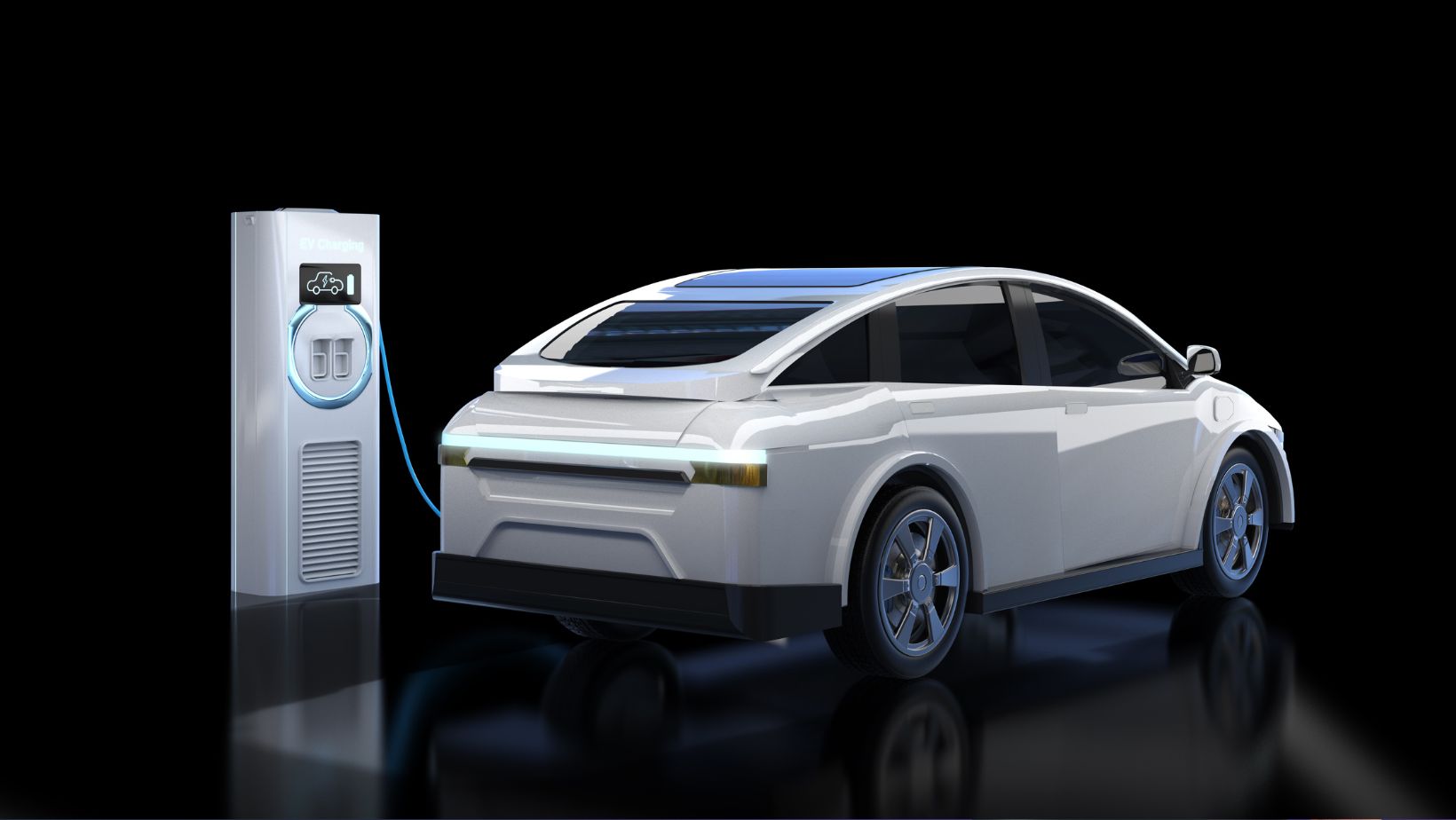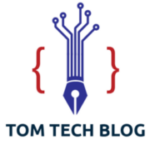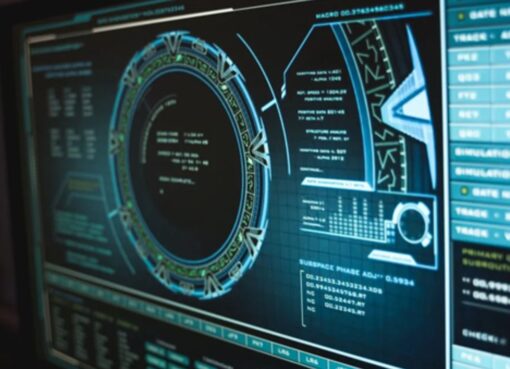2010s / 2020s: Decades of Transformations and Challenges For The Automotive Industry

The automotive industry has undergone a remarkable transformation over the past decade, driven by rapid technological advancements, shifting consumer preferences, and evolving regulatory landscapes. This period has been marked by significant changes across various facets of the industry, including vehicle design, powertrains, manufacturing processes, and market dynamics. Here’s an in-depth look at how the automotive landscape has evolved over the last ten years.
1. The Rise of Electric Vehicles (EVs)
One of the most profound changes in the automotive industry over the past decade is the surge in electric vehicle (EV) adoption. The early 2010s saw EVs as a niche market, with limited range and high prices. However, technological advancements have dramatically improved battery technology, leading to increased range, reduced charging times, and lower costs. Major automakers, such as Tesla, Nissan, and Chevrolet, have led the charge in this space, while traditional manufacturers like Ford, General Motors, and Volkswagen have also made substantial investments in EV development. The global push towards sustainability and stricter emission regulations have accelerated the shift towards electric mobility, with many countries setting ambitious targets for phasing out internal combustion engines.
2. Autonomous Driving Technology
Autonomous or self-driving technology has also seen significant strides. Over the past decade, companies like Waymo, Tesla, and numerous others have been working on developing vehicles that can operate with minimal human intervention. The advancements in artificial intelligence, sensor technology, and machine learning have made semi-autonomous features, such as adaptive cruise control and lane-keeping assist, increasingly common. Full self-driving vehicles are still in the experimental and regulatory stages, but progress continues as manufacturers and tech companies work towards achieving full autonomy. This technology promises to revolutionize transportation, potentially reducing accidents, improving traffic flow, and providing mobility solutions for those unable to drive.
3. Connectivity and Smart Technologies
The integration of advanced connectivity and smart technologies has transformed the driving experience. Vehicles today are equipped with in-vehicle software and cloud-based services that allow for real-time updates and remote diagnostics. Technologies such as Apple CarPlay and Android Auto have become standard, enabling seamless integration of smartphones with vehicle systems. Additionally, vehicles are increasingly becoming part of the Internet of Things (IoT), with features like over-the-air updates, remote vehicle monitoring, and advanced driver-assistance systems (ADAS) enhancing convenience, safety, and performance.
4. Shift in Consumer Preferences
Consumer preferences have shifted notably over the past decade. There has been a growing demand for SUVs and crossover vehicles, driven by their perceived safety, versatility, and spaciousness. Additionally, the desire for more personalized and premium experiences has led manufacturers to focus on luxury and high-tech features.

There is also a growing interest in subscription-based models and car-sharing services, reflecting a shift away from traditional ownership towards more flexible mobility solutions. These trends have influenced how automakers design, market, and sell their vehicles.
5. Environmental Regulations and Sustainability
Environmental concerns and regulatory pressures have played a crucial role in shaping the automotive industry. Governments worldwide have introduced stringent emissions standards and fuel efficiency regulations aimed at reducing greenhouse gas emissions and combating climate change. The European Union, China, and California, among others, have implemented policies to encourage the adoption of cleaner technologies and reduce the environmental impact of vehicles. This regulatory environment has accelerated the development of electric and hybrid vehicles, as well as prompted innovations in alternative fuels and materials.
6. Advances in Manufacturing and Supply Chains
The automotive manufacturing process has also evolved significantly. Advances in automation and robotics have improved efficiency and precision in production lines. The rise of 3D printing technology has enabled more rapid prototyping and the production of complex parts. However, the industry has faced challenges, such as supply chain disruptions caused by global events like the COVID-19 pandemic, which have highlighted the need for more resilient and adaptable supply chains. Automakers are increasingly exploring local sourcing and diversified supply chains to mitigate risks and enhance production flexibility.
7. Emergence of New Market Players
The automotive landscape has seen the emergence of new market players, particularly in the electric and autonomous vehicle segments. Companies like Tesla have disrupted the traditional automotive market with innovative business models and groundbreaking technology.

Additionally, tech giants such as Google and Apple are exploring the automotive space, either through partnerships or by developing their own technologies. This influx of new players has intensified competition and spurred innovation within the industry.
8. Evolution of Ownership and Mobility Models
The traditional model of vehicle ownership is being challenged by new mobility solutions. Car-sharing services, ride-hailing platforms like Uber and Lyft, and subscription-based car services are changing how people access transportation. These models offer flexibility and convenience, allowing consumers to use vehicles on-demand without the responsibilities of ownership. The rise of these services reflects changing attitudes towards car ownership, particularly among younger generations who prioritize access over ownership.
Endnote
The automotive industry has experienced significant changes over the past decade, driven by advancements in technology, evolving consumer preferences, and a heightened focus on sustainability. The rise of electric and autonomous vehicles, the integration of smart technologies, and the shift towards new mobility models are transforming how vehicles are designed, manufactured, and used. As the industry continues to adapt to these changes, it will likely face new challenges and opportunities, shaping the future of transportation in ways that are both innovative and impactful.



